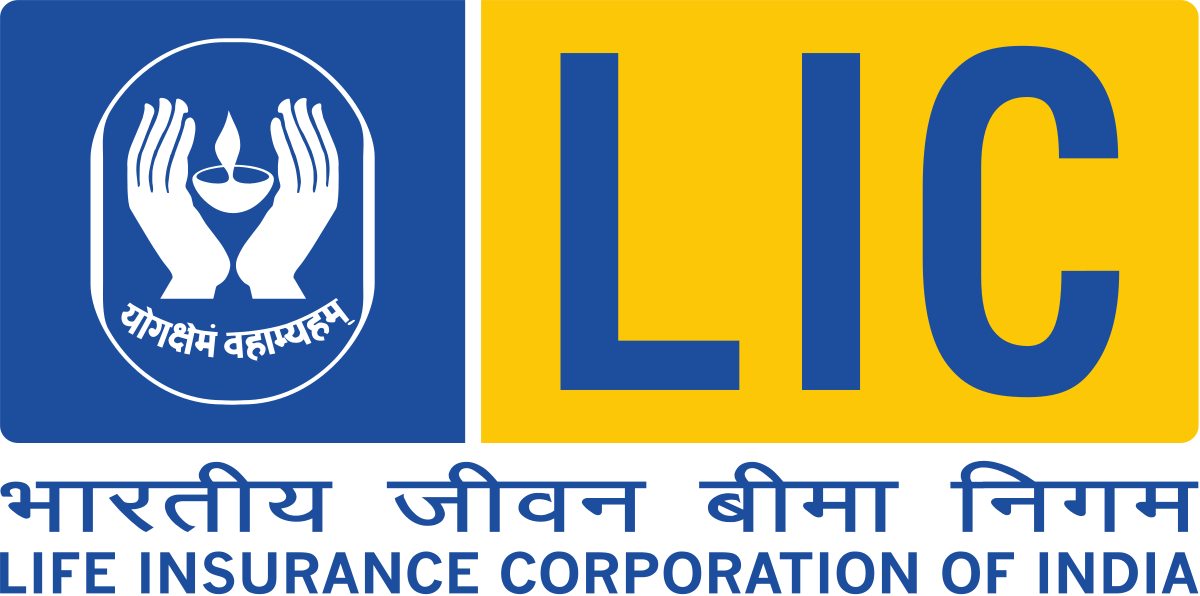Best Saving Plans in India for 2021
Savings are very much required to achieve your long-term or short-term goals. But the amount saved, returns of savings schemes, and the purpose of savings differ with each individual. Multiple saving schemes in India help you achieve the desired results. You may choose to save your money in the bank or invest in other products, but the savings options are aplenty. If you are looking for how to save money in India, we have prepared a detailed list of the best saving plan in India which will help you choose the one that suits you the most.
7 Best Savings Plans in India to invest in 2021
- Fixed Deposit (FD)
- Recurring Deposits (RD)
- Public Provident Fund (PPF)
- Liquid Mutual Funds
- National Savings Certificate (NSC)
- Senior Citizen Savings Scheme (SCSS)
- Post Office Monthly Saving Scheme (POMSS)
1. Fixed Deposit (FD)
- Purpose: Savings
- Interest Rate: 5.5% – 7.5%, guaranteed yield
- Investment Limit: differs by bank
For many years, fixed deposits have been considered to be the safest saving scheme in India. Since these FDs are monitored by the RBI, the safety of these accounts is high and carries very less default. The interest rate on FDs differs with each bank. Investors can borrow loans at lower rates on their FD investments. IIn addition, investors have the option of reinvesting interest rates to earn income from growth. FDs offer higher interest rates for senior citizens which will help them manage their expenses after retirement.
2. Recurring Deposits (RD)
- Purpose: Regular savings
- Interest Rate: 4.5% – 6.5%, guaranteed
- Investment Limit: From Rs 500 per month
Recurring deposits are more like fixed deposits and can be opened with any bank. This is the most commonly used method to park excess funds for short time needs. It generates fixed interest on the amount of investment till maturity. Nowadays, it is quite easy to open a recurring deposit (RD) account through your net banking account. After you choose the amount to save every month and select the tenure, an RD is created.
3. Public Provident Fund (PPF)
- Purpose: Long term savings
- Interest: 7.10% (varies each year)
- Investment Limit: INR 500 to INR 1,50,000
Similar to Employee Provident Fund (EPF), the public provident fund (PPF) can also be opened by anyone. These investments have a tenure of 15 years, and the current rate of return is 7.1%, which is fixed by the government every year. While the minimum deposit for each PPF account is Rs 500, there is no limit on maximum, but investments upto Rs 150,000 are eligible for an income tax deduction.
4. Liquid Mutual Funds
- Purpose: Short term savings
- Interest/Growth Rate: 6.5% – 7.5%
- Range of Investment: Rs 1000 with no upper limit
Liquid mutual funds are different from equity mutual funds, where the former invests primarily in short-term assets, such as government securities, financial instruments, and commercial papers. Though there is an element of risk involved, it is not that high compared to other mutual funds. The average rate of return offered by liquid mutual funds ranges from 6.5% – 7.5%, depending on the market conditions.
These are good avenues to invest your money, similar to a savings account and fixed deposit (FD). However, because liquid mutual funds are a type of debt funds, tax rules are similar to those of debt funds. Therefore, short-term income (investments of less than three years) is added to income tax and is taxed according to the tax slab. Meanwhile, long-term investments (investments longer than three years) are subject to a 20% tax with an indexation benefit.
5. National Savings Certificate (NSC)
- Purpose: Small & Long term savings
- Interest: 6.80% (may vary)
- Investment Limit: Rs 100 with no upper limit
Moving ahead, in the list of best saving plans for 2021, we have NSC. The National Savings Certificate is an initiative of the Government of India to help investors make regular savings for the long term. This is one of the savings schemes that are available at all post offices, making it easy to access for many individuals. NSC encourages low- and middle-income investors to invest for the long term while helping them save on income taxes also. While the interest rate prevailing currently is 6.8% per annum, it is similar to PPF, wherein the Indian government fixes the rates every year. Those investing up to Rs 1,50,000, are eligible for income tax benefits under section 80C of the income tax act.
6. Senior Citizen Savings Scheme (SCSS)
- Purpose: Retirement savings
- Interest: 7.40% (may vary)
- Range of Investment: Rs 1,000 to Rs 15 Lakhs
The Senior Citizen Savings Scheme (SCSS) is a safe investment option for senior citizens who rely primarily on pensions. These can be opened with any bank or post office, and hence they are classified as easy for accessibility. A lump sum is invested in these accounts that generate regular income, which carries less risk. In terms of income tax benefits, for the investment made in this scheme, for up to Rs 1.5 lakh, one can claim a tax deduction in their income tax. This is a plan best suited for retired people looking for less risky products and looking to minimize taxes. Individuals over 60 years of age are only eligible to apply under this savings scheme.
7. Post Office Monthly Saving Scheme (POMSS)
- Purpose: Monthly Income
- Interest Percentage: 6.60% (may vary)
- Range of Investment: Rs 100 to Rs 4,50,000
The Post Office Monthly Income Scheme is a savings scheme that allows individuals to earn a monthly income in the form of interest on their investment. One can open this account in the post office, making it quite easy for people to start saving their money quicker than other forms of investment. Though the returns are not that high, it carries low risk enabling an individual with less risk appetite to start savings in these savings schemes. While you can choose to invest up to Rs 4.5 lakh as an individual or Rs 9 lakh jointly in the Post Office Monthly Income Scheme, the invested amount can also be used to claim income tax benefits.
As mentioned above, there are multiple varieties of investment savings schemes in India. It is up to each individual to look for the right plan that fits their budget and goal because it is essential to know that today’s savings will help you live a better future financially.





























